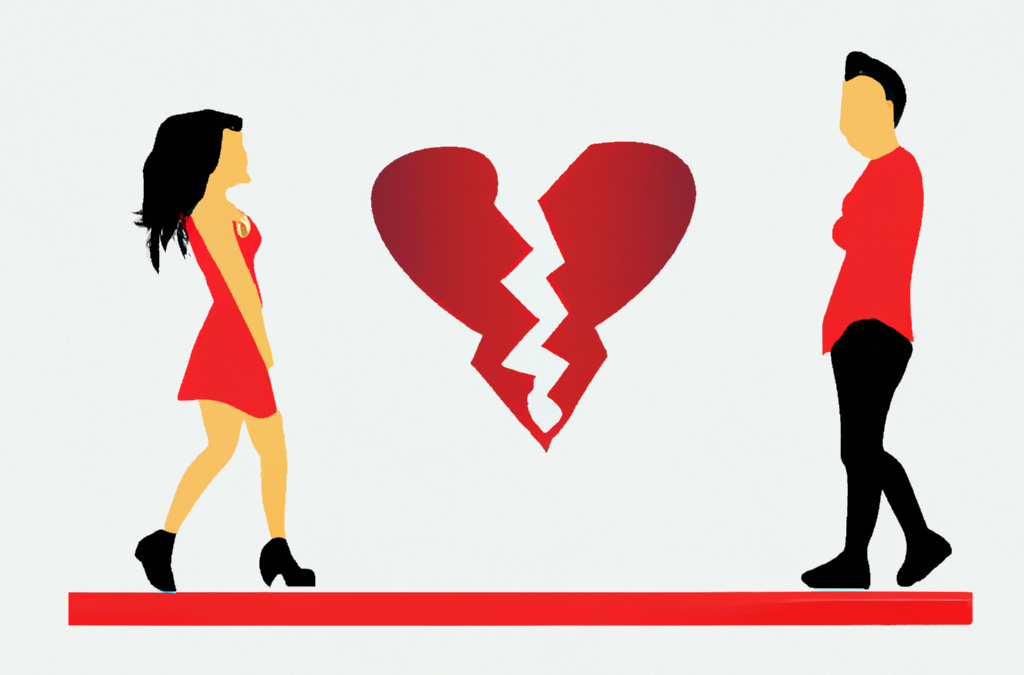
Cheating in relationships can be a complex and painful issue, and it is often difficult to understand why people cheat or how to prevent it from happening. One way to think about cheating is to consider it as part of a cycle, in which negative behaviors and emotions feed into and reinforce each other. Understanding this cycle can help people to identify patterns in their own behavior or in the behavior of their partner, and to take steps to break the cycle and build a healthier, more fulfilling relationship.
Disconnect and isolation: The first stage of the cycle of cheating often involves a sense of disconnection or isolation from one’s partner. This may be due to feelings of boredom, resentment, or dissatisfaction with the relationship. It may also be driven by external factors, such as work or family stress.
Seeking attention and validation: As the disconnection and isolation grow, people may start to seek attention and validation from others outside of their relationship. This may involve flirting, exchanging messages or emails, or forming emotional or physical connections with others.
Rationalization and denial: At this point, people may start to rationalize or justify their behavior to themselves, making excuses or downplaying the significance of their actions. They may also deny that their behavior is a problem or that it is affecting their relationship.
Cheating: If the cycle continues, people may eventually cheat on their partner, either emotionally or physically. This can create a deep sense of betrayal and hurt for the partner who has been cheated on, and can lead to further disconnection and isolation.
Guilt and remorse: After cheating, people may feel guilty or remorseful about their actions, and may try to make amends or repair the damage that has been done. However, if the underlying issues that led to the cheating are not addressed, the cycle may repeat itself.
Breaking the cycle of cheating involves acknowledging and addressing the underlying issues that contribute to the negative behaviors and emotions. This may involve seeking help from a therapist or counselor, working on communication and trust within the relationship, or making changes to one’s own behavior and habits. By breaking the cycle and building a stronger, more connected relationship, people can create a more positive and fulfilling future together.
